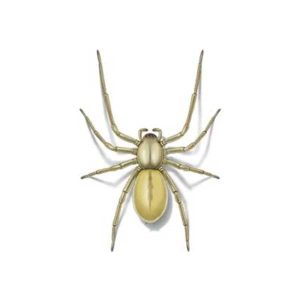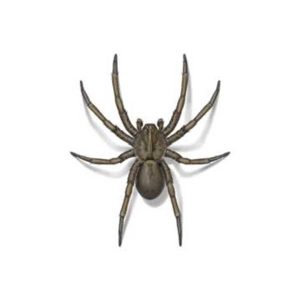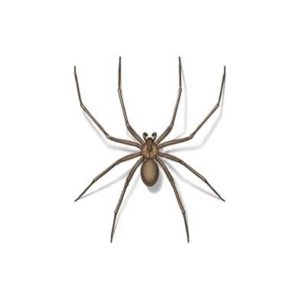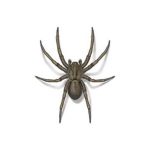Woodlouse Spiders in Illinois and Indiana
The woodlouse spider, Dysdera crocata, is a nocturnal hunting spider commonly found in homes and gardens from New England to Georgia, the Midwest (Illinois and Indiana), and the Pacific Northwest. It is also commonly encountered in England, northern Europe, and Australia. Dysdera crocata gets its name from its prey, woodlice, also known as isopods, pillbugs, roly-poly bugs, and sowbugs.
Woodlouse Spider Habitat
The woodlouse spider is most commonly found around damp areas close to their food source, woodlice. They prefer rotting vegetation and wood and are most often found in basements, under stones and boards, around doors and windows, and other areas that contain rotting wood. Gardeners tend to welcome these arachnids in their yards, as they help them get rid of woodlice, which are notorious plant pests.
Woodlouse spiders hunt at night without the use of a web. This spider hides during the day in a silken retreat constructed under rocks, logs, wood, or other debris where isopods live. In homes, this spider is generally found in basements and areas with high humidity.
Woodlouse Spider Behaviors, Threats, or Dangers
Woodlouse spiders in Chicago are reported to mate in spring, with eggs being deposited shortly after. The courtship of these spiders is typically aggressive and mates risk injury from each other’s large fangs. Silk is not used for prey capture but is used to construct retreats when molting and for egg-laying. The eggs are suspended on silken threads of the retreat and about 70 eggs may be deposited at one time.
Unlike most spiders, the female woodlouse spider is believed to take care of her offspring. Newly hatched spiderlings initially stay with the mother, living in her retreat for a period of time before moving out on their own. Spiders reach maturity at around 18 months of age and may live up to three years.
In August of 2018, a Facebook post with a photo of the woodlouse spider went viral regarding the lethal bite of a new spider in the U.S., however, these claims are false. The truth is that if handled, the woodlouse spider may be capable of inflicting a bite, but they do not possess venom that poses any danger to humans. Getting rid of the woodlouse spider in your home may require professional assistance, Anderson Pest Solutions can help!
Need help with Woodlouse Spider control?
We'll call you! Leave your information below.









